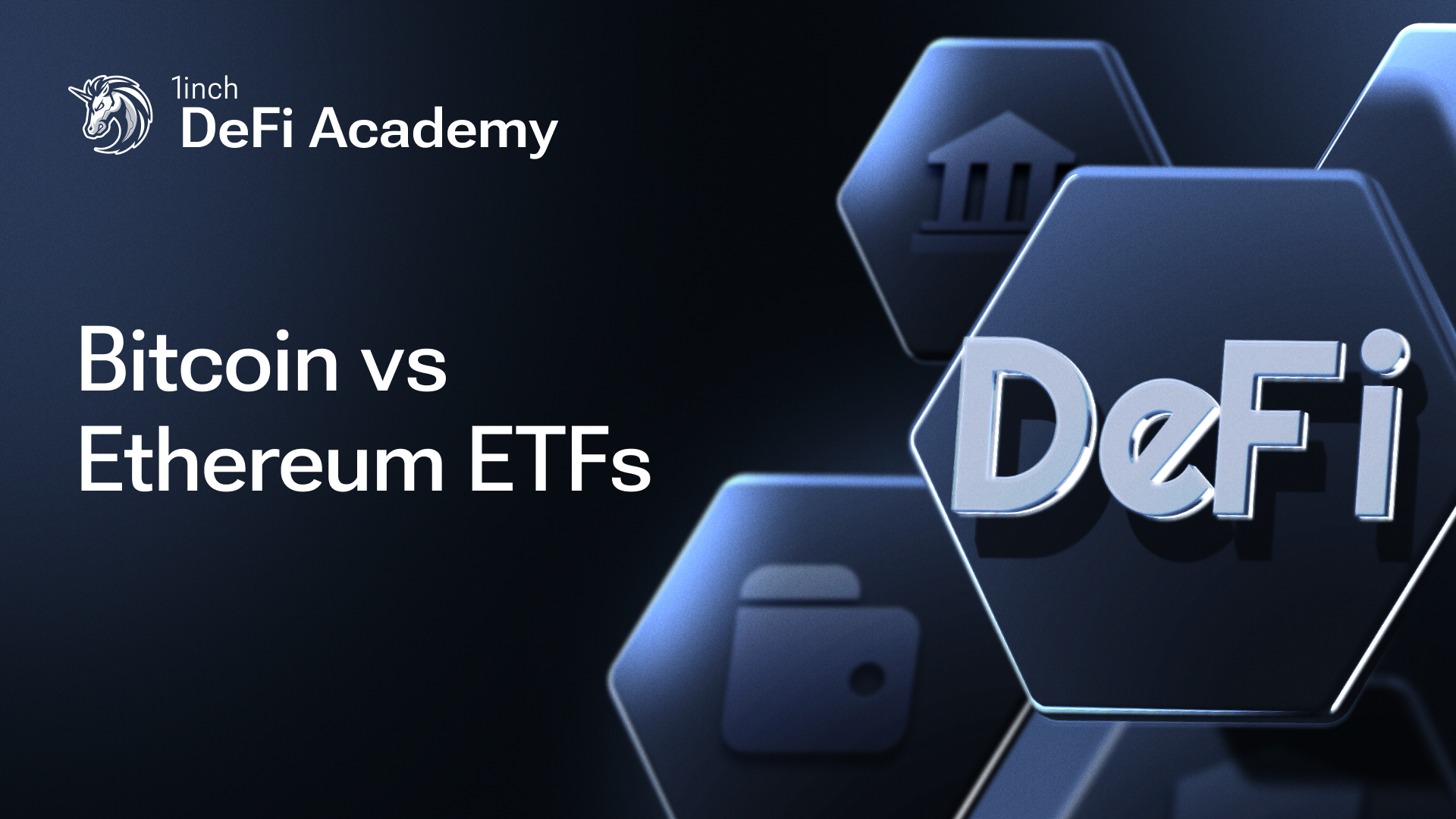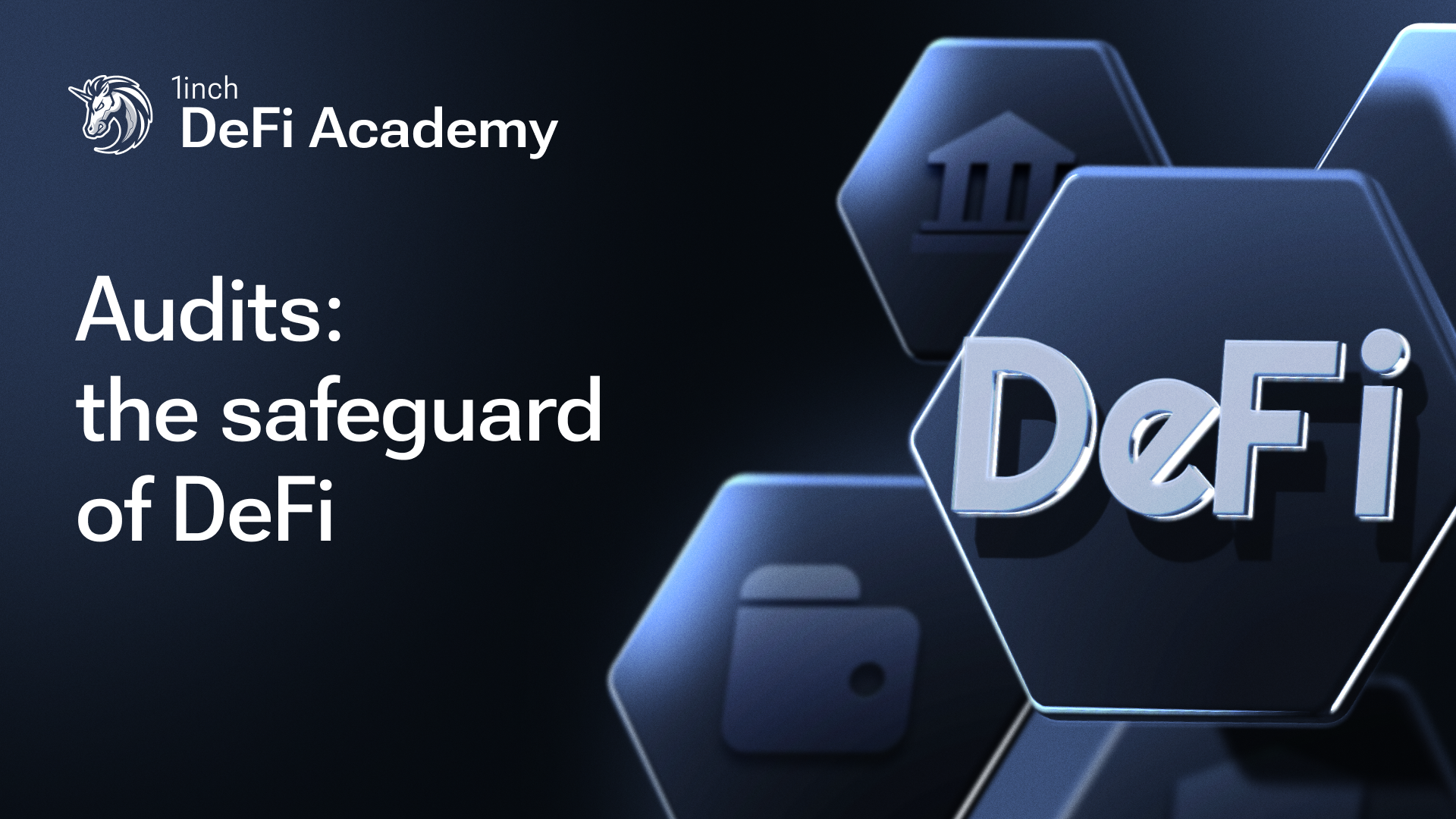A simple guide to Bitcoin and Ethereum ETFs

Bitcoin and Ethereum ETFs are helping bridge the gap between crypto and traditional finance.
An Exchange-Traded Fund (ETF) is a financial product that tracks the price of an asset or a group of assets and is traded on stock exchanges, much like traditional stocks. For a detailed breakdown of the main types of ETFs and how they differ from Exchange-Traded Products (ETPs), refer to this article.
ETFs have long been used by investors to gain diversified exposure to equities, commodities and bonds. Now, they’re making it easier to access digital assets - most notably BTC and ETH - without the need to directly own or manage cryptocurrency.
Crypto ETFs come in two main varieties. Futures-based ETFs follow the performance of cryptocurrency futures contracts, enabling investors to gain price exposure without directly owning the underlying crypto. In contrast, spot ETFs hold the underlying asset - BTC or ETH - in custody and mirror its real-time market price. These investment vehicles provide transparent regulatory oversight, straightforward accessibility and a structure that aligns with the expectations of both individual and professional investors.
Bitcoin ETFs: where things stand
After years of anticipation, spot Bitcoin ETFs were finally approved in the U.S. in January 2024. This approval marked a significant moment in the mainstream adoption of crypto finance. Notable examples include BlackRock’s iShares Bitcoin Trust (IBIT) and Grayscale’s GBTC (converted from a trust into an ETF).
In October 2021, prior to the approval of spot ETFs, the SEC gave the green light to the first Bitcoin futures ETFs designed to follow BTC futures contracts listed on the Chicago Mercantile Exchange (CME). A leading example is the ProShares Bitcoin Strategy ETF (BITO).
Why investors are turning to Bitcoin ETFs
Bitcoin ETFs offer several compelling advantages:
- Regulatory clarity, ensuring investor protections within traditional financial frameworks
- Ease of access, with shares available through standard brokerage platforms
- Market maturity, as BTC continues to dominate the crypto landscape
- Diversification, offering exposure to a non-traditional asset class within a conventional portfolio
However, Bitcoin ETFs also carry asset-specific risks, including the impact of fixed supply issuance, mining constraints and potential competition from newer digital assets.
Ethereum ETFs: the new frontier
With Ethereum’s broader utility in powering decentralized applications, DeFi protocols and NFTs, it was only a matter of time before Ethereum-based ETFs followed suit.
The first Ethereum futures ETFs launched in October 2023, with offerings such as VanEck Ethereum Strategy ETF (EFUT) and ProShares Ether Strategy ETF (EETH).
The real breakthrough came in July 2024, when the SEC granted final approval for spot Ethereum ETFs. Approved ETH ETFs include Black Rock’s iShares Ethereum Trust (ETHA) and Fidelity Ethereum Fund.
What makes Ethereum ETFs appealing?
Ethereum ETFs bring distinct advantages to diversified portfolios:
- Exposure to innovation, via Ethereum’s ecosystem of smart contracts and dApps
- Broader market growth, from DeFi, NFTs and tokenized assets
- Simplified access, with regulated instruments replacing the need for wallets and private keys
- Portfolio diversification, adding utility-layer exposure to complement Bitcoin’s store-of-value profile
Yet, investors should also consider Ethereum-specific risks, such as the network’s reliance on DeFi adoption, evolving technical complexity and challenges posed by ongoing upgrades.
BTC and ETH ETFs represent a mainstream on-ramp to crypto investment. These regulated instruments offer a bridge between traditional finance and the decentralized world, bringing transparency, accessibility and legitimacy to digital assets. As these products gain traction among retail and institutional investors alike, they are likely to become foundational tools in modern portfolio construction.
Stay tuned for more insights from 1inch as we explore the latest trends in DeFi!




























